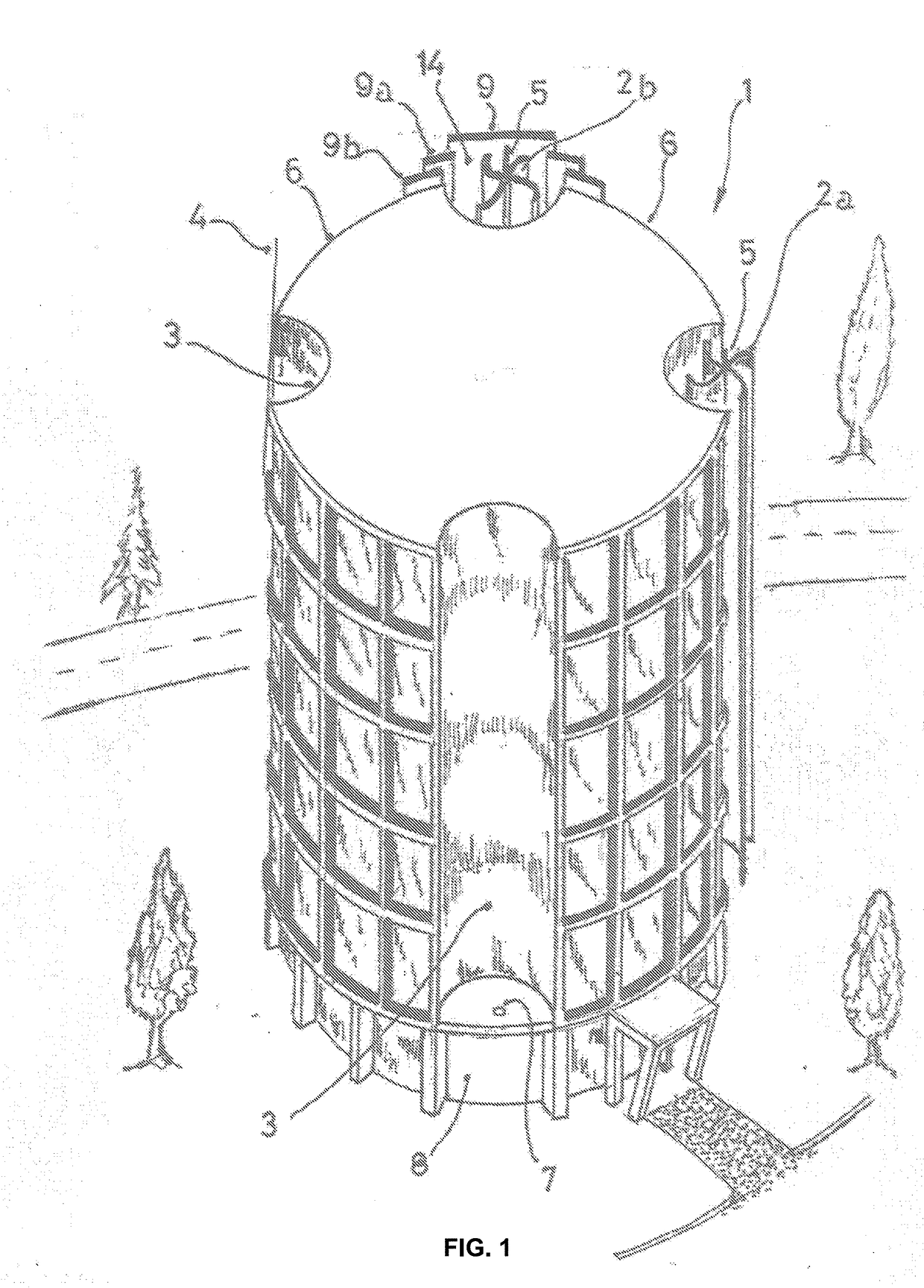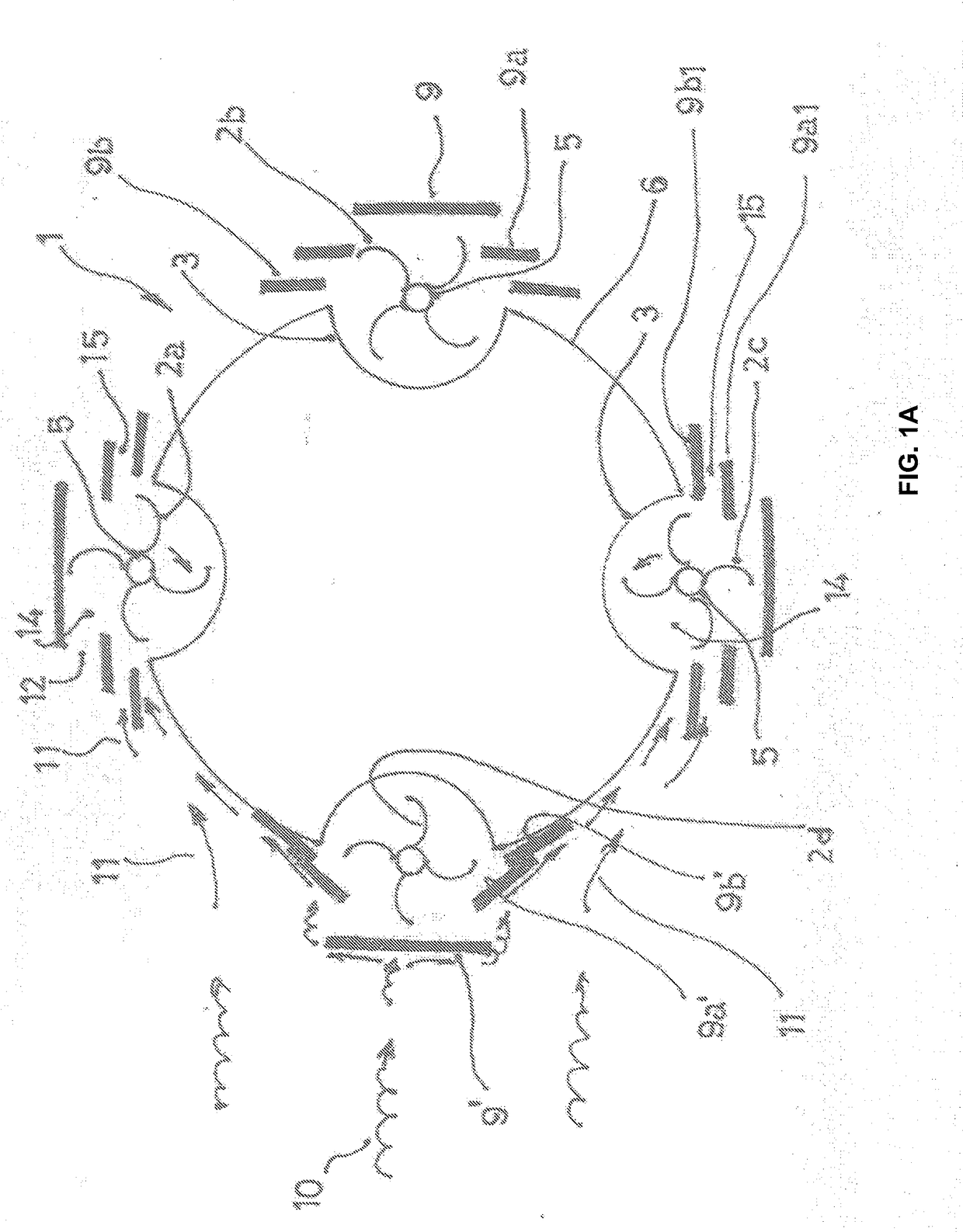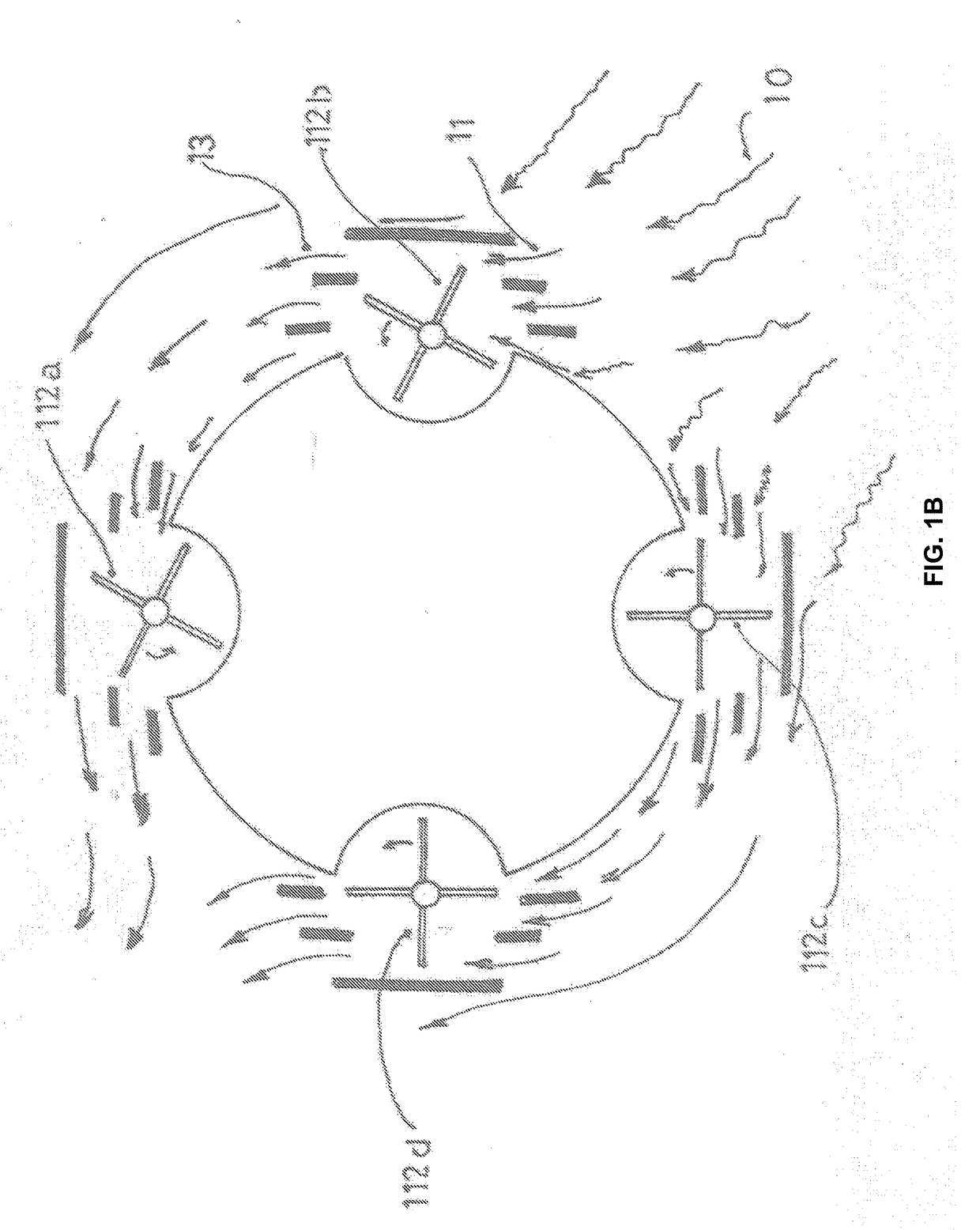Windmill generator associated with a construction
a technology of wind turbine generator and construction, which is applied in the direction of wind turbine generator, motor, sustainable building, etc., can solve the problems of wind turbine generator not taking advantage of the geometry or design of the building structure, the barrel is significantly reduced, and the final cost of wind turbine generation is higher. , to achieve the effect of reducing the turbulence of the inciden
- Summary
- Abstract
- Description
- Claims
- Application Information
AI Technical Summary
Benefits of technology
Problems solved by technology
Method used
Image
Examples
Embodiment Construction
[0033]in order to exemplify the preferred embodiments of this instant invention, the following drawings are attached, in support of the description thereof below given. These exemplary embodiments must be considered as one of the possible constructions of this invention, hence it is not appropriate to assign to them any limiting value of the scope of this invention, which is determined by the first claims below appended.
[0034]according to this instant invention, it can be considered that any construction built according to its teachings will prove more efficient in the generation of energy and in its task of generating as little as possible downstream turbulence in the airflow the more aerodynamic said constructions are in their final design. This is the reason why according to this invention, it is preferred to consider cylindrical buildings or constructions with a tapered horizontal cross section.
[0035]This instant invention is applicable to an ample variety of building's profiles...
PUM
 Login to View More
Login to View More Abstract
Description
Claims
Application Information
 Login to View More
Login to View More - R&D
- Intellectual Property
- Life Sciences
- Materials
- Tech Scout
- Unparalleled Data Quality
- Higher Quality Content
- 60% Fewer Hallucinations
Browse by: Latest US Patents, China's latest patents, Technical Efficacy Thesaurus, Application Domain, Technology Topic, Popular Technical Reports.
© 2025 PatSnap. All rights reserved.Legal|Privacy policy|Modern Slavery Act Transparency Statement|Sitemap|About US| Contact US: help@patsnap.com



